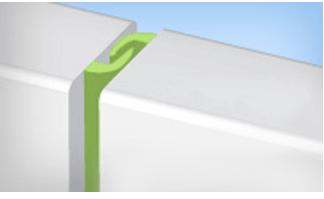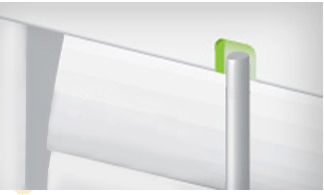How Window Shutters Allow You to Control Room Temperature
When closed, shutters become the next best defense against Las Vegas’s wind and extreme temperatures – after your windows. Other window treatments such as shades, blinds, and draperies block most of the temperature from the outdoors, not all. And, where your window treatment’s quality means the difference between a pleasant spot by the window and one that’s not, Polywood® shutters are the preferred product.
We make Polywood shutters from a synthetic polymer. Polywood shutters insulate up to 70% better than a comparable traditional wood shutter. As a matter of fact, the Polywood Shutter Insulating System blocks as much as 30 degrees of airflow and diminishes heat transfer by 45.96%. This means energy savings for you – and full control over room temperature.
Your home’s heating and cooling system takes less time to work now that you have blocked off the impact from the outside weather. When you want to let in some of the light and be more exposed to the outside temperature, simply slant the louvers open and adjust them the way you’d like. Get more window treatment temperature control. Simply follow the instructions below to close your shutters properly.
How to Close Your Shutters for Maximum Temperature Control
Two parts of your shutters need to be closed to seal off external temperature: the louvers and the panels.
To properly close your Polywood shutter panels, swing them toward the window. As you push the panels into the shutter frame, check that the pieces of weatherstripping interlock along the vertical ends of your shutters.

To close your louvers properly, push the tilt rod toward the louvers, making sure the top of the tilt rod fits into the “mouse hole” just above the top louver. It is best to run your hand up the tilt rod, pushing in as you go. This is especially true for taller shutters: sometimes a small push at the bottom of the tilt rod isn't enough and leaves gaps at the top.



